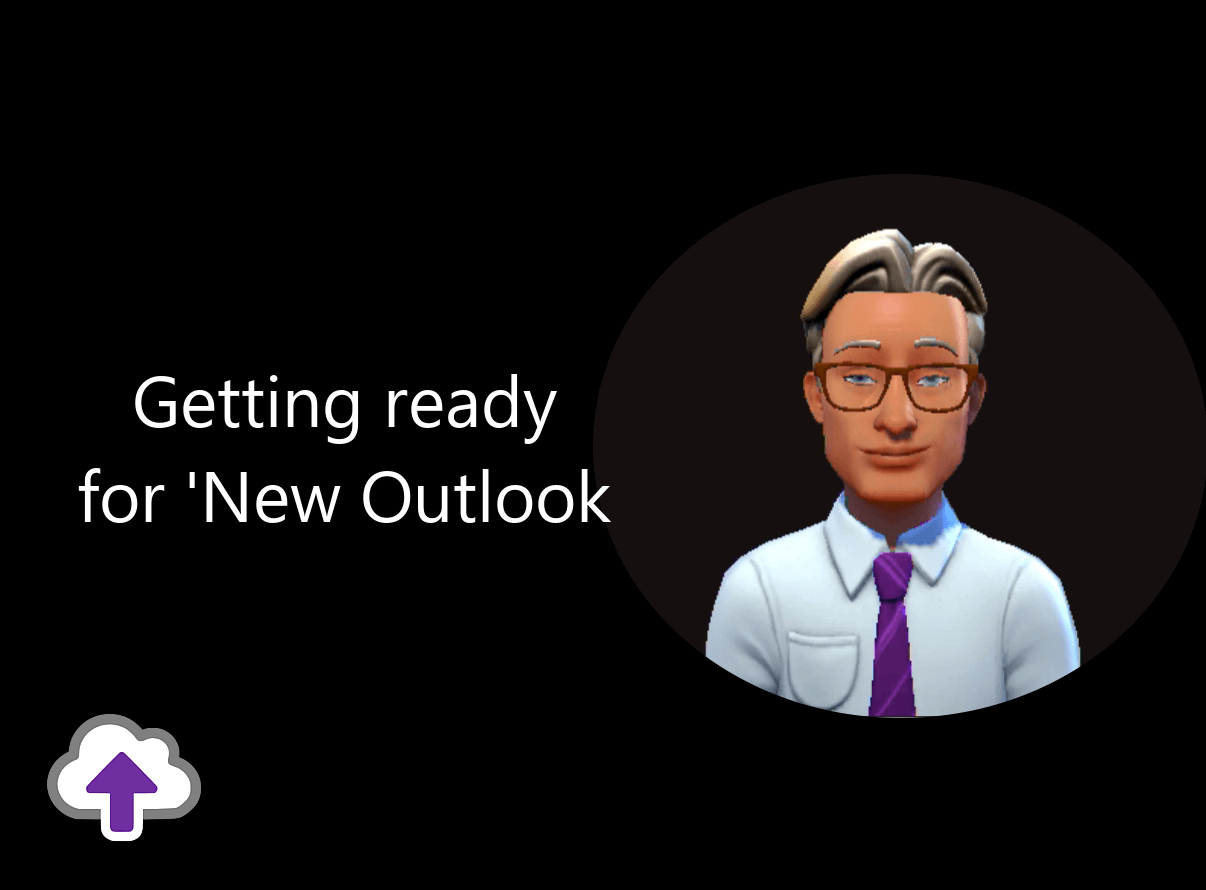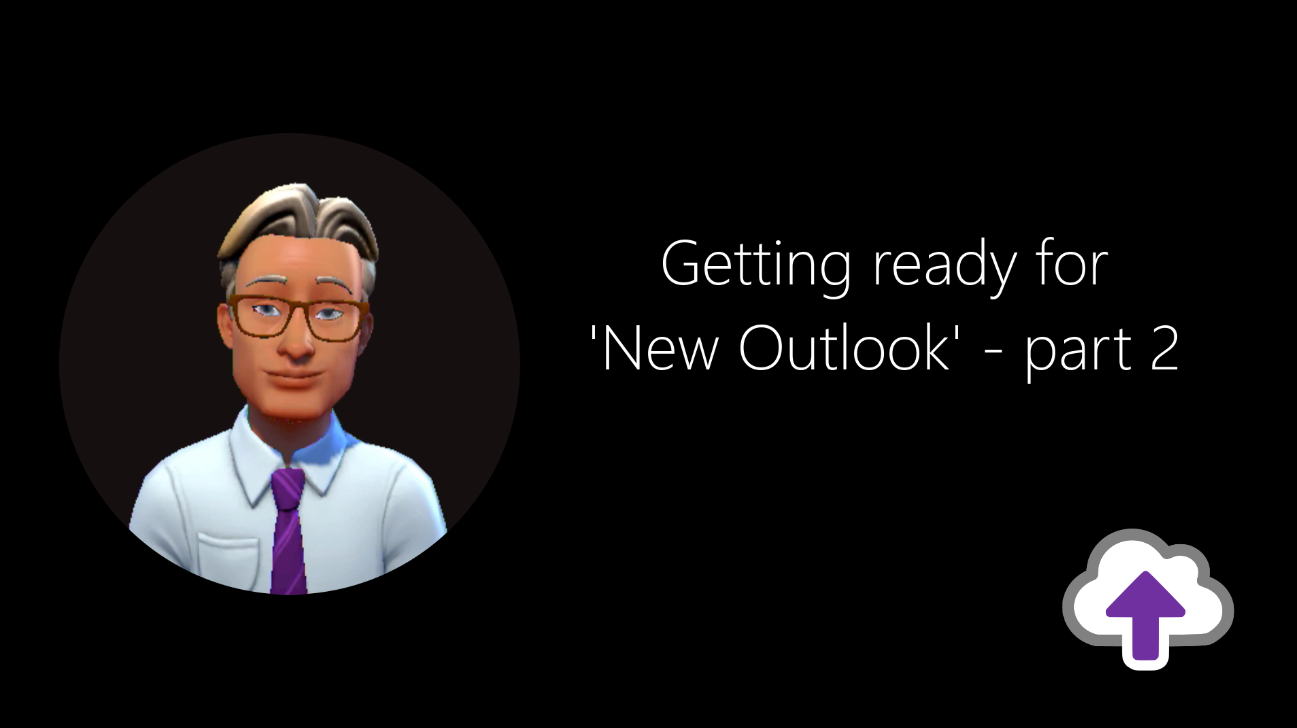
Getting ready for ‘New Outlook’ - part 1
You can either read the article below, or if you prefer, just click the image to watch the video:
Getting ready for ‘New Outlook’ – Part 1
Are you ready for ‘New’ Outlook’, don’t worry it’s not a trick question?
In this series of articles we will look at: how ‘New Outlook’ is different, why it’s important and how it will impact businesses.
So what is ‘New Outlook’, how can you get it and how is it different?
The first version of Outlook appeared almost 27 years ago in 1997. Since then, it has matured to become a vital tool for most businesses and has spawned versions that run on: mobiles, ‘Outlook Web Access’, Outlook.com which was peviously Hotmail, and the Mac version. So whilst it’s a very capable product that’s on many platforms, it is also regarded by some as a multi-headed hydra. The problem is that it’s very difficult and expensive to keep all of these variants of Outlook in sync and compatible.
So Microsoft needed to simplify things. The ideal would be single application that would run on all platforms, but was that possible?
One Outlook and project Monarch
In 2021 news started to trickle out about ‘Project Monarch’ which later became known as ‘One Outlook’ and is now known as ‘New Outlook’, which is indeed a single application that runs on all devices.
So what is ‘New Outlook’?
‘New Outlook’ is what is known as a ‘Progressive Web App’. Progressive Web Apps (PWAs) are applications that you build using web technologies, they can be installed and can run on all devices, from one codebase. Think of them as browser based applications that can do a few extra things that a regular browser application can’t do, like access your clipboard, or run when you are disconnected from the internet.
So ‘New Outlook’ is effectively Outlook Web Access (OWA) with some extra abilities.
Why is ‘New Outlook’ important?
Whilst we don’t yet know when Microsoft will cease to support the older variants of Outlook, the tide has changed and it’s coming in. You can already try it.
Take a look at the top-right of your Outlook desktop interface and you will see the toggle switch.
Give it a go. It’s perfectly safe as you can just toggle back if you don’t like it.
Microsoft are also trying to encourage people to move across by only adding certain new capabilities to ‘New Outlook’ and we will cover these in future articles.
So it’s unavoidable but don’t panic
You will be moving to it, but it may not be this year.
The problem for many will be with their third party applications. Whilst the simpler Apps may work fine in the new environment, email management systems typically won’t work; how can Outlook on a mobile phone write into your internal file system and how can you search from a phone?
So what should you be doing to prepare?
The first thing is to review the Apps that you use with Outlook and check their compatibility which may be full or partial, so test it yourself to ensure that it does everything that you need.
As part of this process, consider your future needs. ‘New Outlook’ makes it far easier for users to work with phones, tablets and Macs. Is this flexibility important to you? If it is, be sure to check things work as required on the other devices too, for example; can you search for emails via any device…you could get a nasty surprise.
If you are considering adopting CloudFiler you will be pleased to know that it already works with both old and new Outlook, and that it enables staff to file and search from any device.

